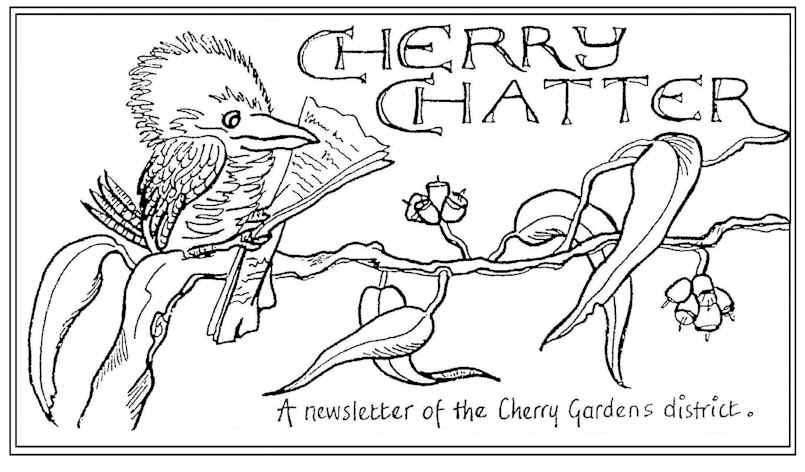Meadows Vet
End of the breeding season
Once again as the breeding season draws to a close we have had an amazing success rate with frozen semen inseminations. It was a difficult year to begin with thanks to very unseasonable weather but once we got the mares to the point of being able to inseminate the pregnancies happened. We are still finding for the fourth year in a row that we are doing more frozen inseminations than chilled & the success rate has again been higher with the frozen-even with a number of lose dose inseminations. We still have a few more mares to do so let’s hope that we can add to the pregnancy tally!
Equine Dentistry - Is sedation really necessary?
We keep hearing that sedation used for Equine Dentistry is only for badly behaved horses or vets who can’t handle horses. This is very untrue! Sedation allows for a thorough examination involving touch and sight. This helps identify any problems early for easiest treatment and management. Sedation also allows for equipment such as light and mirrors to be used, and reduces stress on the horse as well as ensures safety for the handler. It keeps the horse’s muscles relaxed & also acts as pain relief.
Another thing to consider is that the worse the pathology in the mouth the worse the unsedated horse plays up, and he is the one that needs a thorough job the most. Only vets can legally sedate a horse and have the insurance to do so. Please remember that good regular dental care can help prevent many cases or colic or choke as well as ensure the best welfare of your horse or pony!
Dr Greg is a registered Equine Dental vet with many years of experience - by far the best person to look after your horse’s teeth! Please check out our website for more information Cancer Eye in Cattle (Horses can get these too!)
Cancer Eye (also known as Squamous Cell Carcinoma)
We have seen quite a few cows lately with Cancer Eye (also known as Squamous Cell Carcinoma) - here is what you should know about this condition! Eye cancer occurs in mainly older cattle, particularly Herefords, Poll Herefords and Friesians with unpigmented eyelids and eyeballs. Cancer eye growths can occur on the eyeball, eyelid or third eyelid.
All eye cancers develop from precursor lesions, but less than half of these lesions develop into cancer. The precursor lesion can be:
• a plaque (a slightly elevated, flat, opaque area on the eyeball)
• a papilloma (a wart-like growth protruding from the eyeball)
• a keratoma (a horn-like projection attached to the eyelid)
• a small ulcer on the eyelid.
The cancerous tissue also grows inwards, invading the deeper tissues behind the eye. It can progress to the lymph nodes of the head and then to body organs such as the lungs and liver. Cancers that begin in the third eyelid or outer eyelids usually invade the deeper tissues more quickly than do those that start on the eyeball. The main message is that early detection and treatment is extremely important!
Finally just a reminder
we now offer Laser Therapy treatments, have a fabulous groomer available, are taking registrations for our next K9 Kindy & always have a vet on duty if you have an emergency after hours!





